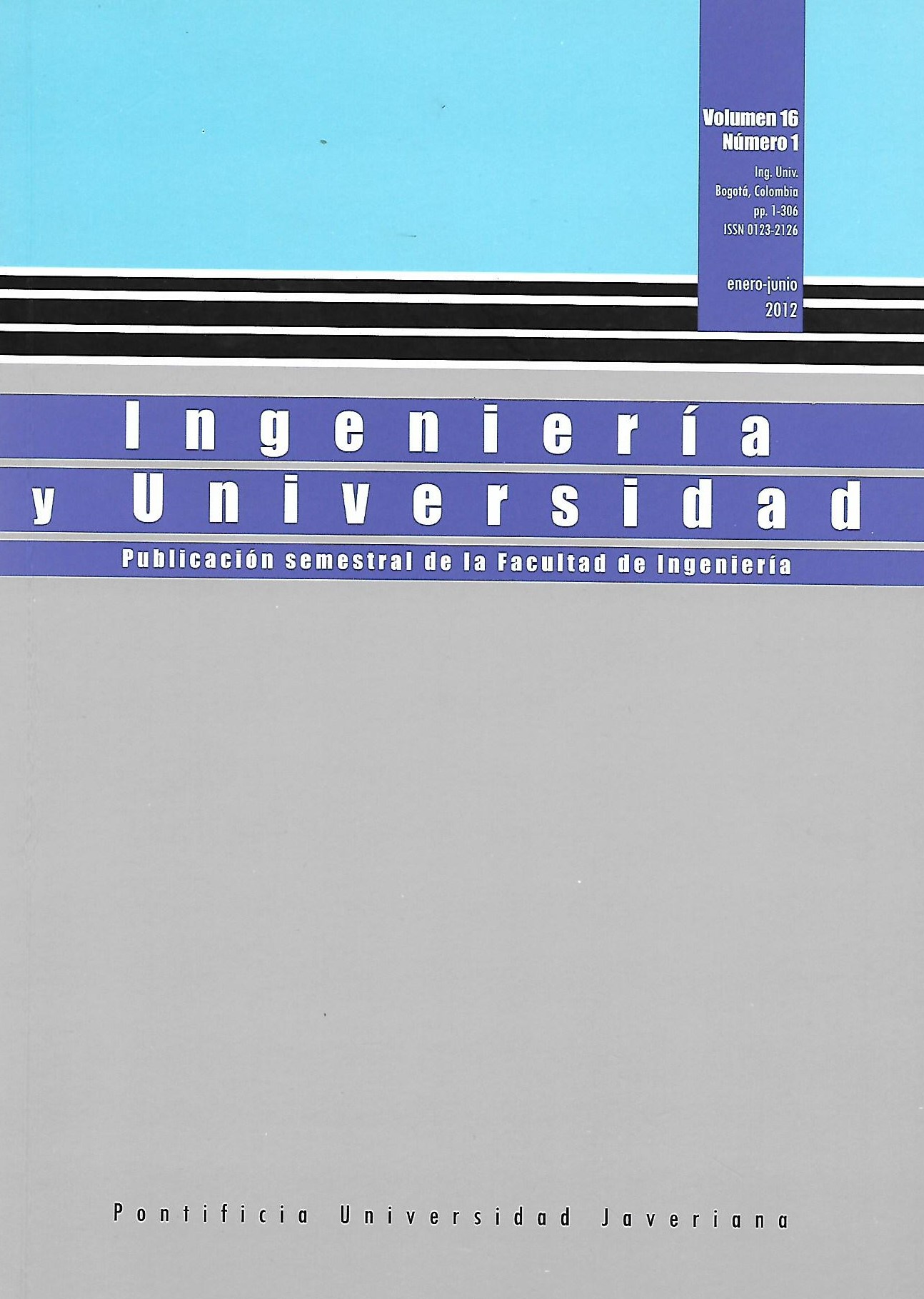Abstract
Nowadays, different countries use ethanol as a self-propulsion fuel. However, this biofuel is aggressive for metal parts in the fuel system of an automobile. In this study, we determined the corrosion rate of duralumin, a material used in the production of piston engines, in ethanol-gasoline blends at concentrations of 5 to 20%, through electrochemical impedance spectroscopy (EIS), Tafel polarization and Gravimetry. It was shown that the corrosion process control was mixed with a tendency towards localized corrosion. It is generally observed that the corrosion rate of duralumin decreases during the exposure time.
ASTM G102-89 (reapproved 1999). Standard Practice for Calculation of Corrosion Rates and Related Information from Electrochemical Measurements. ASTM International, West Conshohocken, PA, 1999.
ASTM G31-90 (Reapproved 1999). Standard Practice for Laboratory Immersion corrosion testing of Metals. ASTM International, West Conshohocken, PA, 1999.
ASTM G4806-09. Standard Specification for Denatured Fuel Ethanol for Blending with Gasolines for Use as Automotive Spark-Ignition Engine Fuel. ASTM International, West Conshohocken, PA, 2009.
CORTES, A. y LOZANO, J. Estudio Preliminar de las Propiedades Corrosivas de las Mezclas Etanol-Gasolina-Agua, Metanol-Gasolina-Agua. Bucaramanga:UIS, 1982.
DÍAZ, L.; LÓPEZ, J.F.; MALDONADO, L. y et. al. Corrosion behavior of aluminum exposed to a biodiesel. Electrochemistry Communications. 2009, vol. 11, Issue 1, pp. 41-44.
GARCIA, J. M. y GARCIA, J. A. Biocarburantes Líquidos: Biodiesel y Bioetanol. Fundación para el conocimiento Madrid. CEIM. 2006, pp. 405-416.
HORTA NOGUEIRA, L. Aspectos complementarios para la definición de un programa de bioetanol en América Central. México, DF: CEPAL/República Federal de Alemania, 2004.
MEARS, R. B. Aluminum and Aluminum Alloys. New York: John Wiley & Sons, 1948, p.p. 220-288.
MENDOZA, J.; ROMERO, R. y LLONGUERAS, J. Espectroscopía de impedancia electroquímica en corrosión. [Documento en Línea]. México: Universidad Nacional de México, Facultad de Química, 2002. [Consulta: 10-06-2010].
OWEN, K. y COLEY, T. Automotive Fuels Reference Book, 2nd Ed. New York: Society of Automotive Engineers, 1995.
PICAS, J. A.; GUASCH, J. FORN, A. y et. al. Nuevos materiales base aluminio para moldes de inyección de plásticos. Anales de Mecánica de la Fractura. 2006, Vol. I: p.p 311-316.
RUIZ, J. Corrosión fatiga en aleaciones ligeras de AI-Zn-Mg. Madrid: Universidad Politécnica de Madrid, 1993, p.p. 3-6.
SORGO M. y LADWEIN T. Investigation of the pitting Corrosion behaviour of stainless steels in ethanol containing fuels. 2009, Vol. 09535, pp. 1-8.
TORRES, A. GARCIA, E. SERNA, S. et. al. Aplicación de las técnicas de EIE y RPL al estudió de la corrosión de polvos de FeAl en suspensión. Rev. Soc. Quím. Perú. 2009, Vol. 75, No. 2, pp.185-193.
UNIVERSIDAD POLITÉCNICA DE MADRID (UPM). Materiales y Diseño de Equipos e Instalaciones, Capitulo 5. [Documento en Línea]. Madrid: UPM, 2009. [Consulta: 10-06-2010].
VEGA, S. H.; AXOTLA, J. C. y LEÓN RODRÍGUEZ, F. M. Efecto de la contaminación atmosférica de la ciudad de México en la degradación de la aleación de zn-21wt%Al-2wt%Cu. En: Federación Iberoamericana de Ingeniería Mecánica. 8º Congreso Iberoamericano de Ingenieria Mecanica. Perú: Octubre 2007.
This journal is registered under a Creative Commons Attribution 4.0 International Public License. Thus, this work may be reproduced, distributed, and publicly shared in digital format, as long as the names of the authors and Pontificia Universidad Javeriana are acknowledged. Others are allowed to quote, adapt, transform, auto-archive, republish, and create based on this material, for any purpose (even commercial ones), provided the authorship is duly acknowledged, a link to the original work is provided, and it is specified if changes have been made. Pontificia Universidad Javeriana does not hold the rights of published works and the authors are solely responsible for the contents of their works; they keep the moral, intellectual, privacy, and publicity rights.
Approving the intervention of the work (review, copy-editing, translation, layout) and the following outreach, are granted through an use license and not through an assignment of rights. This means the journal and Pontificia Universidad Javeriana cannot be held responsible for any ethical malpractice by the authors. As a consequence of the protection granted by the use license, the journal is not required to publish recantations or modify information already published, unless the errata stems from the editorial management process. Publishing contents in this journal does not generate royalties for contributors.


